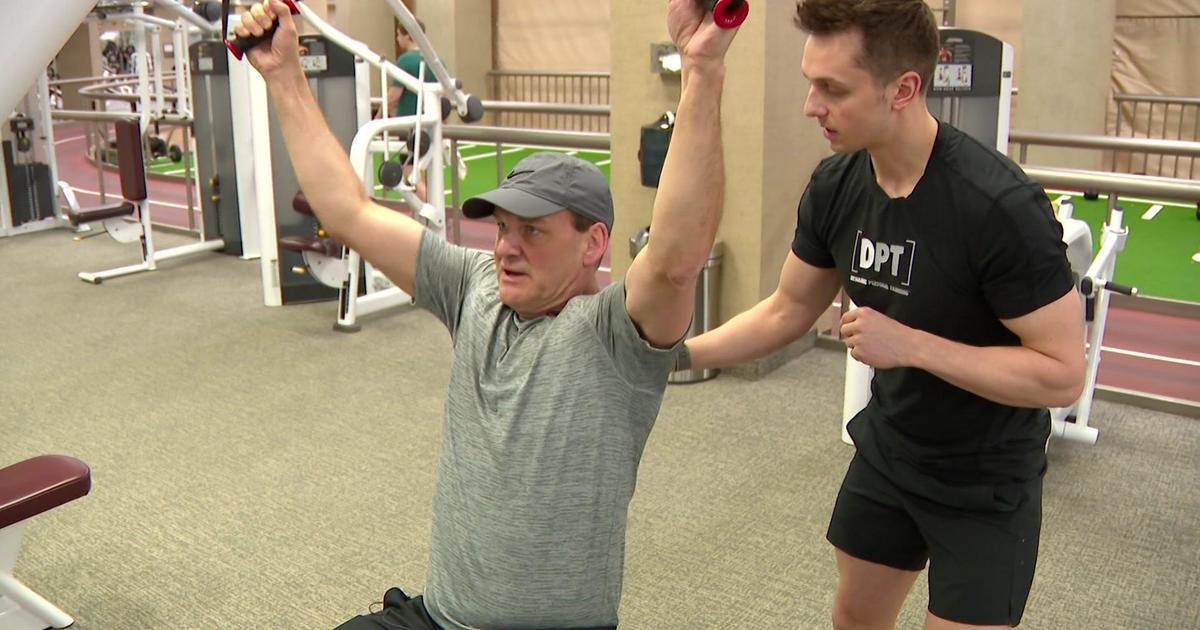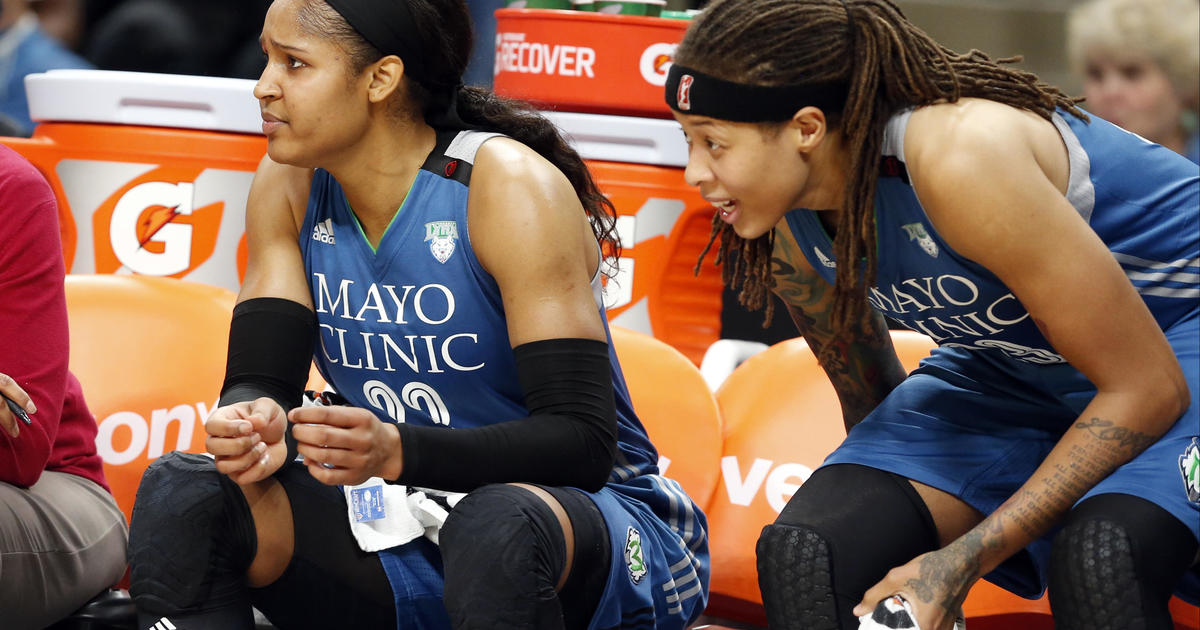Good Question: What is gender-affirming care?
MINNEAPOLIS -- It's an issue that's proven to be contentious at state legislatures countrywide. It's a certain type of medical care protected in Minnesota but not others.
We wanted to simply understand: What is gender-affirming care? How long has it been offered in Minnesota? Good Question.
For about four years, young patients and their families have been able to seek specialized care at Children's Minnesota, where Dr. Katy Miller is the medical director for adolescent medicine.
"I've been working in gender-affirming care since about 2017," said Dr. Miller, who joined Children's Minnesota in 2020.
What is gender-affirming care?
"In broad strokes, gender-affirming care is any type of medical or mental health support that allows a child or adolescent to feel affirmed in their gender identity," Miller said.
Gender-affirming care can include "medical, surgical, mental health, and non-medical services for transgender and non-binary people," as stated by the United States Department of Human and Health Services (HHS).
Why might someone seek gender-affirming care?
"For a lot of the patients I see, they may be teenagers who are coming in with really significant symptoms of gender dysphoria, so feeling really uncomfortable in their bodies," Miller said.
That discomfort can lead to deep mental health issues like anxiety, depression and suicidal thoughts.
"The more unwanted pubertal changes that happen, the worse [those symptoms] can get," said Dr. Deb Thorp of Health Partners Park Nicollet.
Dr. Thorp is a veteran in this sector of medicine, and says gender-affirming care goes back nearly five decades in Minnesota.
"I've been doing gender-affirming care almost since I started with Park Nicollet 34 years ago," Thorp said.
There are basically four stages of gender-affirming care. The first is social affirmation, such as using a person's correct pronouns.
"It may just be dressing differently," Thorp said.
"It can be helping other kids learn to recognize their gender identity and how to talk about that in a school setting," Miller said.
Step two involves puberty blockers, which stop key hormones during ages 11-14. In doing so, the physical changes a boy or girl might experience during puberty are blocked.
"For example, if someone was assigned female at birth, it would mean they wouldn't have further development of chest growth," Miller said.
The next step would be hormone therapy. That means giving a patient testosterone or estrogen during adolescence, specifically between the ages 16-18. Dr. Miller said that treatment first involves several meetings with psychologists, social workers and physicians.
"All of these specialties are involved in the decision as to whether or not starting hormones would be right for any one individual or family," Miller said.
"That's where the mental health support really comes in," Thorp said.
The last step is surgery, which both doctors said is almost exclusively for adults. Only in rare cases will surgery happen for a minor.
What type of gender-affirming care requires parental consent?
"All gender-affirming care, in terms of medications, requires parental consent," Miller said.
Outside of surgery, most gender-affirming care is reversible or at least partially reversible.
Last month, Gov. Tim Walz signed an executive order protecting gender-affirming care in Minnesota.
Gender-affirming care is endorsed by more than a dozen major medical societies, including the American Medical Association and the American Academy of Pediatrics.
For more information on gender-affirming care, click here.




